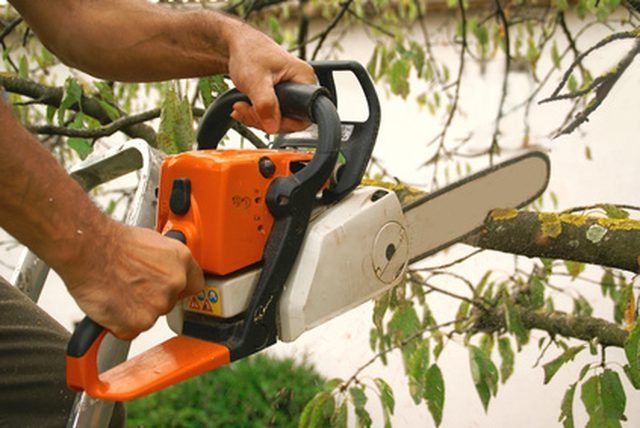Bulbs
Flower Basics
Flower Beds & Specialty Gardens
Flower Garden
Garden Furniture
Garden Gnomes
Garden Seeds
Garden Sheds
Garden Statues
Garden Tools & Supplies
Gardening Basics
Green & Organic
Groundcovers & Vines
Growing Annuals
Growing Basil
Growing Beans
Growing Berries
Growing Blueberries
Growing Cactus
Growing Corn
Growing Cotton
Growing Edibles
Growing Flowers
Growing Garlic
Growing Grapes
Growing Grass
Growing Herbs
Growing Jasmine
Growing Mint
Growing Mushrooms
Orchids
Growing Peanuts
Growing Perennials
Growing Plants
Growing Rosemary
Growing Roses
Growing Strawberries
Growing Sunflowers
Growing Thyme
Growing Tomatoes
Growing Tulips
Growing Vegetables
Herb Basics
Herb Garden
Indoor Growing
Landscaping Basics
Landscaping Patios
Landscaping Plants
Landscaping Shrubs
Landscaping Trees
Landscaping Walks & Pathways
Lawn Basics
Lawn Maintenance
Lawn Mowers
Lawn Ornaments
Lawn Planting
Lawn Tools
Outdoor Growing
Overall Landscape Planning
Pests, Weeds & Problems
Plant Basics
Rock Garden
Rose Garden
Shrubs
Soil
Specialty Gardens
Trees
Vegetable Garden
Yard Maintenance
How to Use a Chainsaw Depth Gauge
How to Use a Chainsaw Depth Gauge. Chainsaw blades need sharpening to keep them in good working order. A dull chainsaw blade will cut slowly, bind in wood and can cause dangerous kickbacks to the operator. Dull chains will pull off the bar while in use and can strike the operator causing severe injuries. A chainsaw depth gauge provides a flat...

Chainsaw blades need sharpening to keep them in good working order. A dull chainsaw blade will cut slowly, bind in wood and can cause dangerous kickbacks to the operator. Dull chains will pull off the bar while in use and can strike the operator causing severe injuries. A chainsaw depth gauge provides a flat surface across the top of the chainsaw teeth. After sharpening the teeth, the gauge is a guideline to file the guide teeth down so they are all the same height and operate smoothly.
Things You'll Need
Small flat screwdriver
Round chainsaw file
6-inch flat chainsaw file
Place a small flat screwdriver in the tension adjusting screw near the base of the chainsaw bar. Turn the screw clockwise to tighten the tension on the chain.
Place a round chainsaw file on a tooth on the left side and pull the file in one direction across the tooth at a 45-degree angle. Pull the file across the tooth five times for general sharpening or up to ten times for very dull blades. Repeat for each tooth on the left side of the chain.
Sharpen each tooth on the right side of the chain in the same manner.
Place a chainsaw depth gauge over two teeth of the saw blade. Two teeth will protrude through the slot in the depth gauge. One tooth will be on each side of the chain.
Place a 6-inch flat chainsaw file flat over the top of the teeth protruding from the gauge.
Slide the flat file over the exposed teeth until the chain is level with the gauge. This is usually only two to three strokes.
Remove the file gauge and place it on the next two teeth to file them.
Pull the chain around the chain saw bar by hand to reposition the gauge and file the depth of each chain saw tooth.
Tips & Warnings
Tightening a chain on a chain saw bar makes it easier to file and sharpen the teeth by making the chain have less play and movement.
A chain saw chain will pull around the bar by pinching between a thumb and forefinger to sharpen and file each tooth.
Observe a chain before sharpening. If they are any broken or loose links replace the chain rather than sharpen it for safety practices. A broken chain will detach from the bar and launch in an unpredictable direction to cause harm to whatever it strikes.